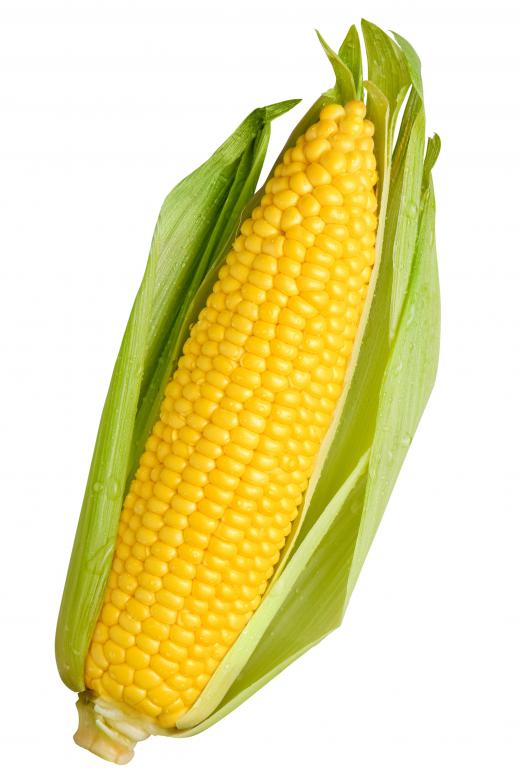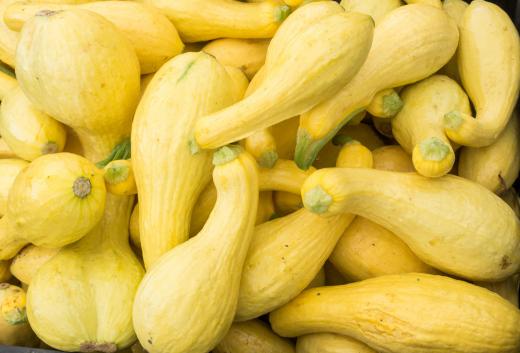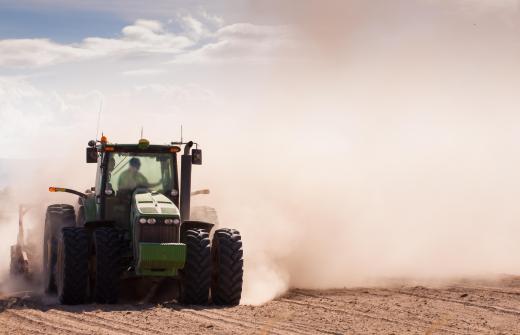The best methods of maize cultivation are conventional, conservation, reduced tillage and polyculture planting. In most types of maize production, crop rotations are used to maintain the soil over a long period. One of the challenges of growing maize is that the best methods for cultivation usually depend on local conditions. Some maize species are better suited to dry conditions, for instance, and may grow best in an area with frequent drought. The complexity of sustainable maize cultivation means the best method for one area may be ineffective or detrimental in another.
Conventional agriculture uses a plough or tiller to remove almost all plant material except for the maize crop. Weeds and pests are often controlled with chemicals. Hybrid and genetically modified maize varieties mean conventional maize cultivation can produce high yields in small areas. This method of maize cultivation, however, is not always considered best, because it has poor erosion and moisture control, and one of the best methods for controlling erosion and moisture is quite different from conventional agriculture.

Conservation agriculture, in the most extreme form, often leaves all of the existing plant layer or sod. Rows are usually cut into the ground, and fertilizer is usually applied to the openings. Seeds are then planted in the rows and grow up from the openings. This method of maize cultivation is often considered best in areas with erosion problems, because it retains most of the existing soil. Moisture also is retained in conservation agriculture, which often makes it best in areas with minimal rain.

Reduced tillage practices are similar to conservation agriculture, the primary difference being that some of the weeds and plant material are tilled back into the soil. Some of the original sod is left, primarily between rows. Burning plant material left by the crop plants and tilling the ash into the soil also is used in reduced-tillage practices to return some nutrients back to the soil. This method of maize cultivation is often considered best for small-scale agriculture.

Polyculture planting usually attempts to reduce weeds and pests by planting multiple species in the same plot. Plants that fix nitrogen into the soil, such as many types of beans, can be added to a field of maize. One example of polyculture planting exists in a Native American agriculture practice known as the Three Sisters. Maize, beans and squash are planted in the same area. Maize would provide a place for beans to grow, beans could return nitrogen to the soil, and squash could cover the ground to retain soil and moisture.
